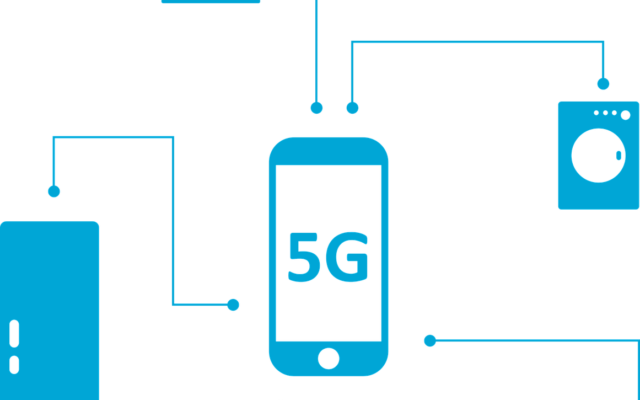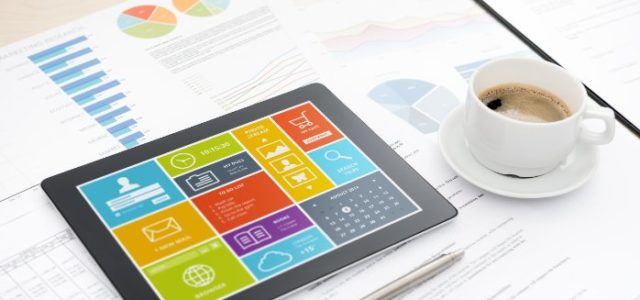A smarter world is now a possibility that is starting to sound real. Data sits at the centre of this change, and data can be referred to as the oil that is fueling progress.
As much as we talk about the infrastructure and the ecosystem, little would exist if it weren’t for the presence of data or the fuel in this case. Hence, data is right at the centre of this change, and it is playing a pivotal role in pushing this change forward.
Big data analytics utilize the potential that data hosts within and harness it to generate actionable results. While we are seeing many examples of companies harnessing the potential of data and using it to increase customer offerings and improve efficiency, the real change is yet to come in the form of 5G and AI. Both these emerging technologies will speed up the process towards a smarter world and will bring automation and efficiency like never before.
Intel invited me to attend the recent Fast Company Innovation Festival to learn about the latest 5G and AI developments and I had the opportunity to discover the transformative potential that the combination of these two technologies will have on industry today.
The Impact of 5G
Who doesn’t know of 5G and the potential it holds when it comes to data analysis? With previous advancements from 3G and 4G, we can eagerly expect 5G to pull a bag full of tricks to make the smarter economy a more achievable reality. However, despite the heightened expectations from 5G, we still believe that people are undervaluing its importance. 5G is just the revolution that was needed in the world. This isn’t just another ‘G’; 5G is the perfect rendition of what was needed to transform businesses and the world surrounding them.
One thing you might be thinking of now is what makes 5G so different from other connectivity tools that came before it? While 3G and 4G dealt with connecting people to their smartphones, 5G is much more than that. The reason why people are so excited about 5G is that it is bound to connect billions of things. Our plans for the future to push IoT forward and to introduce a sphere of digital analytics in all organizations partially depend on 5G and how much it augments these processes and connections.
While 4G, was synonymous with unparalleled speed, 5G will be considered synonymous with intelligence. The possibilities are vast for the next generation, and 5G will act as a conduit towards achieving these possibilities. These possibilities include a realistic and immersive gaming experience, interactive 4K TV and many other things.
Literally, every device or item in the future will have the capability to generate and deliver data. 5G will play an imperative role here by reducing latency and increasing the capability to transfer data by almost 10 times. With 10X faster delivery rates and reduced latency, 5G will shape up well for our future needs. Moreover, users can also expect an improved visual experience, with the expected addition of 4K, 8K and many additional Ks to the screen. This will increase visual experiences and make them more exciting for all users.
Other than assisting the end users, 5G also shows great potential for organizations of the future. Obviously, with so much data coming through from literally every connected device, data storage would be a hassle. Real-time analyses are, thus, the call of the day, and 5G will help organizations achieve that. This would be done by facilitating machine-to-machine communication in the longer run.
Intel is working actively in this regard and is leveraging the potential of 5G to assist AirXos in managing the air traffic of unmanned vehicles or drones. Drones need significant data and communication; hence, AirXos realizes the potential that 5G has for facilitating machine-to-machine communication.
The Impact of AI
If data is the fuel for change towards a smarter world, AI is the engine that will keep it running. Now, too much data would barely work without the existence of adequate processing power and algorithms. AI, hence, complements 5G.
AI brings machine learning algorithms that make it easier for machines to practice supervised or unsupervised learning. We can expect machine learning algorithms to improve over time—with better processing power working on tons of data on a real-time basis.
The market for artificial intelligence is currently at a nascent stage and promises a lot of returns for those willing to invest in it. The market, which currently stands at $3 trillion, is expected to grow up to a resounding $8 trillion over the next five years. The artificial intelligence of the future is expected to predict and deliver intelligent learning, sensing, and reasoning.
Examples of AI in Use
Medical data pertaining to patient history is often not readily available on the go. Intel has partnered with numerous healthcare customers to improve patient outcomes and to analyze the data for future evidence. Doctors and healthcare experts will be able to better treat patients based on this data as most patients have a prominent medical history. Thus, doctors can now give the right treatment to people, keeping in mind all of their past troubles and health implications.
Additionally, AI technology by Intel has also helped Hollywood to create a superior movie experience. Using special effects software powered by AI, filmmakers can create incredibly lifelike and detailed graphics more efficiently. By giving a touch of realism to the graphics, AI ensures that the movie experience is as smooth as possible and astounds everyone watching it. This helps elevate the audience’s entertainment experience.
Combination of AI and 5G and the Potential Impact on Data
The world of the future, with the combination of artificial intelligence and 5G together, presents amazing prospects. The greatest potential lies in the connectivity of all devices to connected networks for data generation. Literally, everything will be connected, and communication and transfer of data will be even easier than it is today.
Besides enhancing connectivity, 5G can complement AI to achieve machine-to-machine communication without human interference. The communication will be carried out through an immersive visualization approach augmented by the use of 5G networks.
The merger between 5G and AI will go a long way in making the world intelligent and enterprises smarter. With an increasing flow of data coming their way, organizations will now also have the tools to extract sense out of these systems.
The examples highlighted in this article and the endeavours undertaken by Intel are just the beginning of something amazing. The combination of AI and 5G is a prospect that we can all look forward to and make plans for. This is a combination that will bring up possibilities beyond our imagination. New business ideas will spring up, new data models will arise, and newer technology will be facilitated. But at the end of the day, what we can expect is a smarter world, where enterprises and humans are intelligent and where all devices are connected together flawlessly.
This blog post was made in collaboration with Intel.
Article by channel:
Everything you need to know about Digital Transformation
The best articles, news and events direct to your inbox







